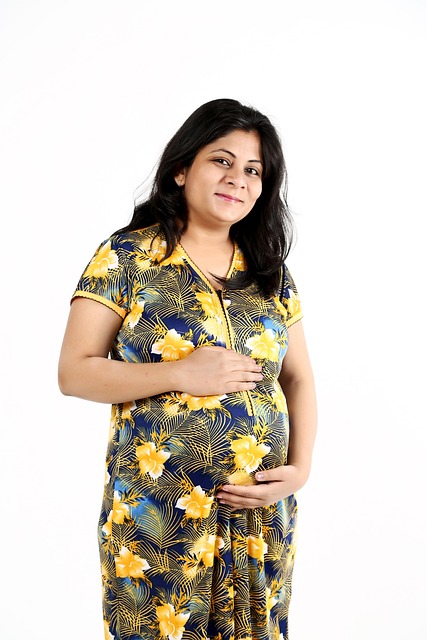Updated: November 10, 2020
Originally Published: September 25, 2014
For the sake of this narrative, let’s refer to my husband as Mark. Mark is of Italian and Irish descent, having grown up just outside Boston. To put it plainly, he is white. In his everyday life—whether he’s dropping our kids off at school, riding the subway, or enjoying the privileges of the Anglo-Saxon patriarchal structure—he encounters a plethora of individuals who share his background. As far as I can tell, there’s no special handshake or secret nod among them, but who knows?
On the other hand, I’m half-Asian and half-white, and we have our own unique bond. When I spot another half-Asian person, there’s an unspoken connection. It’s a subtle acknowledgment, a silent “I see you, and I understand. My white uncle has made awkward comments about my heritage too.” I like to call this moment “That Hapa Connection.”
“Hapa” stems from the Hawaiian phrase “hapa haole,” which means half-white but generally refers to individuals who are part Asian. Back in the ‘70s, being mixed-race was less common than it is today. Growing up, I often faced questions like “Where are you from?” and “What are you?”—my personal favorite being, “Ni hao. Can you cook Chinese food?” (California, human, and No, rude person).
As a child, I found these inquiries awkward, yet they also instilled a sense of pride in me. It made me feel unique, as if someone was truly seeing me. Given that most people around me were white, they seemed rather ordinary—boring even. My family’s traditions included dim sum in Chinatown, alongside grilled steaks and spaghetti dinners. We were exciting, and I cherished my Chinese-American relatives.
However, puberty brought a different experience. Male strangers began to use my “slanted” eyes as a conversation starter, often adding, “My last girlfriend was Japanese.” The underlying sexual and sexist tones were nauseating and infuriating—just plain foolish (like that time an elderly white man asked if my boyfriend “liked Chinese food,” which made me want to scrub myself with bleach).
It never crossed my mind to ask Mark if he made a mean potato dish or if he had mob ties (although, to be honest, I do make my share of drinking jokes). No one has ever fetishized him, except for that one awkward trip to a casino with the guys, but he prefers not to discuss it. While his name is distinctly Irish, he looks Italian and identifies more with that side of his family. And yes, he can whip up an amazing marinara sauce. The difference lies in his ability to choose which aspects of his heritage to share, while hapas like me grew up with people creating their own narratives about us before we even spoke.
When I meet another half-Asian person—perhaps a fellow parent at my kids’ school—I don’t get overwhelmed with ridiculous questions. I don’t assume they speak another language or grew up in a tropical paradise ravaged by storms. Instead, I think they likely grew up in New Jersey or Orange County, like my friends. Yet, I still feel that sense of kinship. Maybe an old boyfriend once asked them if they wanted to “order some slope chow” for dinner. Or perhaps a veteran leaned into their car and used the term “gook” (to which I resisted the urge to respond, “Actually, I’m a chink, but thanks for your service”).
Now, it’s not as big of a deal. Half-Asians are becoming increasingly common. In some Caucasian-Asian couples, the male partner is even Asian! Interestingly enough, cab drivers—who were once the worst offenders—barely acknowledge me anymore. This could be due to my aging out of the “subservient Asian nympho” stereotype or indicative of a broader societal shift. For my kids, ethnicity is just a matter of math. They blend in seamlessly with their friends, who represent a delightful mix of cultures. They love to express their heritage fractions, saying, “I’m a quarter Chinese, a quarter Italian, a third Martian,” etc., as if it’s a fun game in Minecraft.
Recently, we spent a week with my Chinese-American relatives. When my (Jewish, white) friend jokingly asked my kids, “Did you see a lot of Chinese people on your vacation?” my son gave her a puzzled look and replied, “Huh?” He hadn’t even noticed. Everyone was just Auntie Something or Cousin So-and-So to him. He truly couldn’t differentiate between the full Chinese, hapas, and the Indian or Filipino cousins by marriage. It was all one big, inclusive family mix.
So, that’s progress, right? No one will make a “no starch, please” joke to my son, believing they’re being clever. My daughter is unlikely to encounter any crude “Oriental massage” innuendos. Yet, with so many ingredients blended into their genetic smoothies, they’ve come out almost…neutral. They might not have anything beyond their skills, personality, and achievements to make them feel special. We’re gaining some things, but perhaps we’re losing others too.
In conclusion, navigating the complexities of identity in a mixed-race world continues to evolve. From awkward questions to shared experiences, it’s a journey filled with both humor and reflection.
For more insight into home insemination and family planning, check out our post on home insemination kits. If you’re looking for resources on infertility, WomensHealth.gov offers valuable information. Additionally, for those considering at-home procedures, the at-home intracervical insemination syringe kit is an excellent option to explore.
SEO Metadata:
Keyphrase: Mixed-Race Identity Experiences
Tags: [“home insemination kit” “home insemination syringe” “self insemination”]
